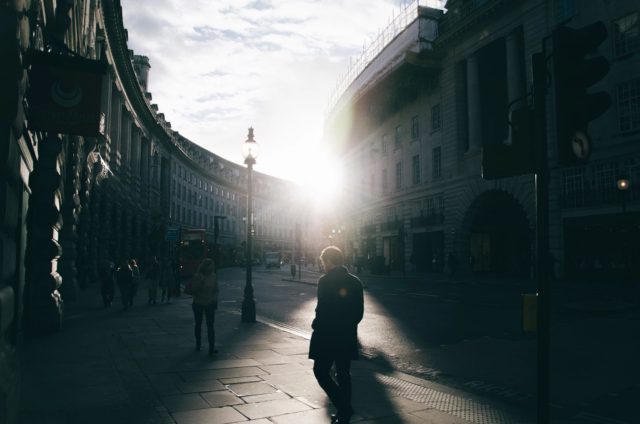One of the main problems with integralism, specifically the refreshed concept of integralism now gaining traction in certain sectors of Anglophone Catholicism, is that so few claiming to be integralists seem to know what it means. This is unfortunate insofar as it allows critics of integralism, that is, those who reject any political form that is not essentially liberalism to denounce, dismiss, and degrade integralists as romantic, backwards-looking monarchists incapable of practically managing a GameStop store. Some enjoy calling themselves “integralists” in the same ways teenagers who have never held a job like calling themselves “socialists”; it seems edgy and different, but requires no real commitment. Others like the idea of integralism as a form of “anti-liberalism” which is not socialism per se, but beyond that they have no interest deepening their understanding of integralism or promoting it as a future-viable alternative to the liberal status quo.
Then there are those I would call “silent integralists” or “substantive integralists.” These are Catholics who may or may not have heard of integralism, but still espouse its core tenet that the spiritual has priority over the temporal. Archbishop Marcel Lefebvre and the fraternity he established, the Society of Saint Pius X (SSPX), is a prime example. Lefebvre no doubt knew the term integralist (or integrist), but to the best of my knowledge he never availed himself of it. He didn’t need to. Lefebvre and his followers never shied away from the social rights of Christ the King or the unique and privileged position the Catholic Church ought to be afforded in society. Moreover, unlike some contemporary integralists, Lefebvre believed there was an inextricably link between the doctrine of Christ’s Kingship and the traditional Roman liturgy. For Lefebvre, it was the old Mass that embodied the fulness of the Faith, and it was the traditional celebrations of the Roman Calendar which affirmed holistically Christ’s tripartite office as Priest, Prophet, and King.
Another example would be the saintly leader of the Ukrainian Greek Catholic Church (UGCC), Metropolitan Andrei Sheptytsky. Metropolitan Andrei’s role extended far beyond being the spiritual leader of his Catholic communion; he was essential to the development of Galician society and the stalled formation of an independent Ukrainian state. Indeed, from the time Galicia came under Austrian rule up through World War I, the UGCC was integral in nation-building along authentically Catholic lines. There was to be no liberal separation of church and state, but rather an authentic Ukrainian Church, in communion with Rome, that guided the people and encouraged the formation of Catholic lay groups. Even today, as Ukraine finds itself in the midst of war and civil turmoil, the UGCC remains a prophetic voice that embraces both catholicity and particularity. It may not avail itself of the term “integralism,” but there can be no doubt that it has had and continues to have an integral role in contemporary Ukraine.
In the United States, matters remain dire. The American Church is once again embroiled in a massive sexual abuse scandal and the Vatican, thus far, has done little to instill confidence in the faithful that this tragedy will be thoroughly addressed. Critics of integralism claim, wrongly, that the type of “theocratic” arrangement integralists long for would leave the door open to future abuses by effectively placing the Church above the law. While such claims are silly, particularly in light of historic ecclesiastical legislation which stripped clerics of all privileges of their state in matters of gross sexual immorality, popular fear of being seen as aiding or abetting rapist clerics has the power to freeze integralism in its tracks. Who, after all, wants to be associated with a socio-political form that may be seen as making current woes worse?
Even if the time is not ripe for anything like an “integralist moment,” certainly Catholics of all stripes can take the present state of both the Church and society as a reason to explore the rich tapestry of Catholic social teaching. It is only through a firm understanding of that teaching that integralism can, in any sense, be “operationalized” into a viable political form. Integralists, to date at least, have given little mind to practical problems, ranging from economics to the contours of a sensible legal system. There is also the practical question of organization and advocacy, what was historically known as Catholic Action. It would seem that integralists have a long way to go on that front—a long way to go beyond Twitter.


